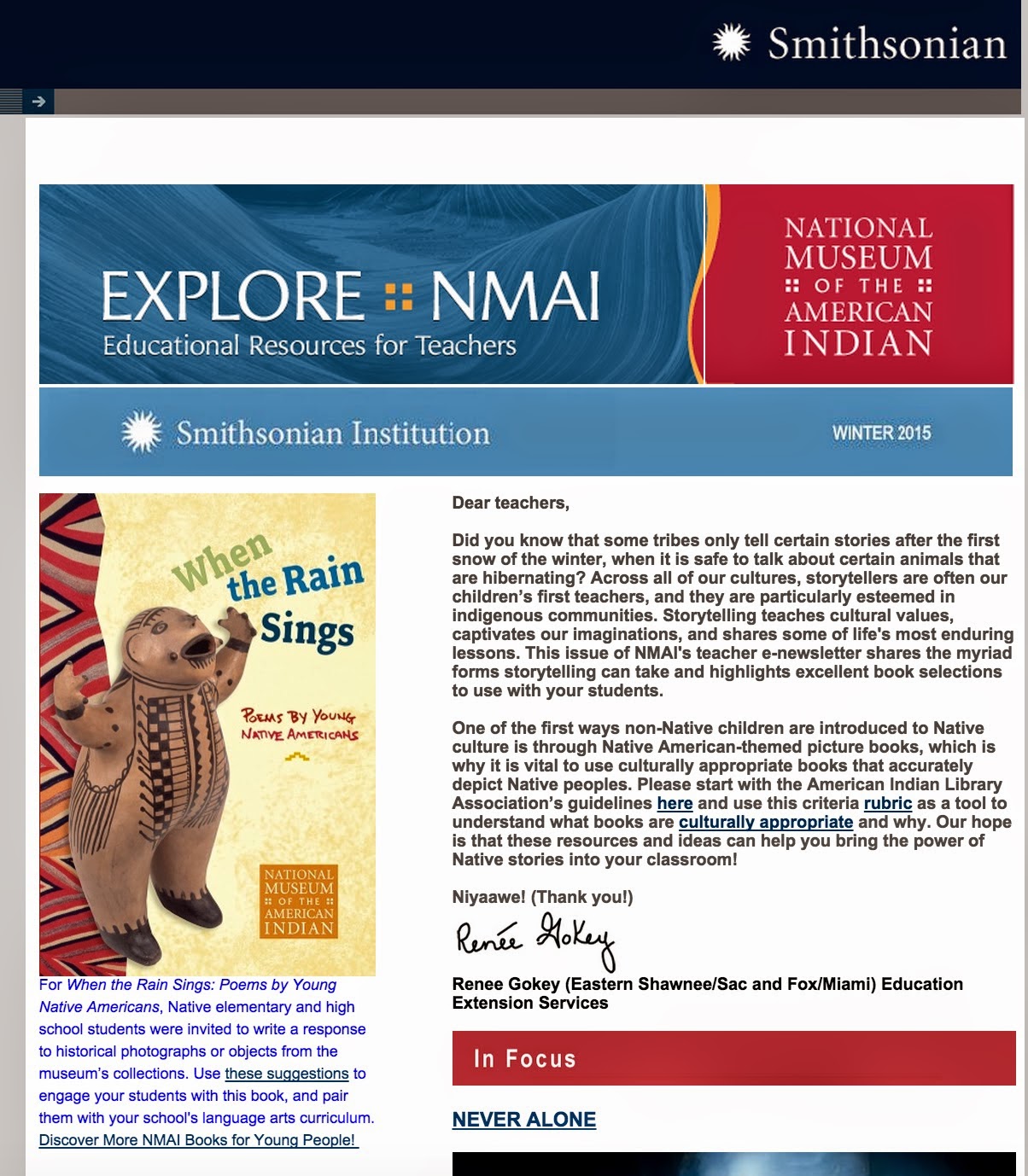NMAI (the National Museum of the American Indian) made a video of that episode. The image (above) is from their video.
On April 12, 2016, "Native Americans" was the category. Just like in 2011, contestants avoided it. Martie Simmons, snapped a photograph of it and put the photograph on Twitter and on Facebook. It is circulating widely in Native social media (a shout out to Martie for letting me use her photo):
One of the contestants responded to her:
 |
What does this avoidance point to? Fear of saying the wrong thing? Or, fear of their ignorance being on national TV? Or, fear of answering the question wrong and hurting their chance of winning?
The same thing happened in February of 2014, too. The category then was African American History:
 |
This avoidance is, to say the least, disappointing. Frank Waln, a hip hop artist from the Rosebud Reservation responded to it, too, on Twitter. He said:
"This [is] what 100s [of] years of erasure and colonial propaganda masquerading as history does."If you missed his interview on NPR's here & now on April 6, 2016, listen to it and his music, too.
Teachers and librarians: this points to a huge gap. Our job is clear. Start with getting books written by Native writers.
Update
Thanks to Todd, a librarian on YALSA, for pointing me to an archive of the clues for the Jeopardy episodes. Here's screen caps from yesterday's show:
If you roll over the dollar figure, the answer appears:
$200 - Cherokee
$400 - steamboat
$600 - lacrosse
$800 - Little Big Horn
$1000 - Navajo
Though some of the comments below are defensive or critical of my post, what I've seen on YALSA's listserv has been positive and helpful (like the link for the archive). It'd be interesting, next, to analyze the clues, but I'll leave that be, maybe, for another day.













